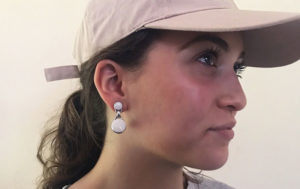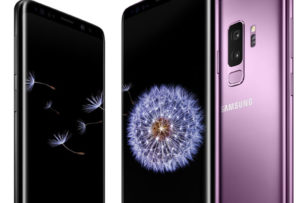
A new way to extend battery life would allow smartphones to last three to four times longer on a single charge, Stanford University researchers have found.
A team led by Yi Cui, professor of materials science and engineering, has developed pure metal anode prototypes, which differ from the lithium-ion batteries seen in most devices. The anode is the negative electrode in the battery from which electrons flow to the external area of the battery’s circuit.
The capacity of a lithium-ion battery typically depends on how many lithium ions the anode can collect when the battery is charged. Most such batteries use graphite in the anode, a cheap, long-lasting material that has a relatively low usable capacity.
The specific capacity of lithium is more than 10 times as much, the highest potential energy density among metals, but has a short lifespan. It’s unlikely researchers could hit a capacity of 10 times a graphite-based battery, since there are other factors that determine the total capacity, but batteries based on the technology could vastly extend the amount of use time consumers get from devices.
Smaller, More Efficient
Harnessing the potential of lithium is likely to lead to smaller, more efficient batteries for use in devices like smartphones and electric cars.
“Battery life is so important to customer satisfaction,” telecom analyst Jeff Kagan told TechNewsWorld. “Most smartphones don’t have great battery life. When we used to carry low- power wireless phones, the battery would last a week or longer. Today we’re lucky if it lasts a day of use.”
The main challenge facing battery technology researchers has been that lithium expands unevenly when charging, which could damage the battery’s outer shell. Those cracks often let lithium spill and could cause the battery to short circuit.
Explosive Problem
Researchers also needed to find a way to tackle the overheating caused by contact between anode and electrolyte, along with harnessing the intense chemical activity that occurs between the lithium and the electrode, frequently causing it to explode.
Cui’s team found a way to develop lithium anodes that keep their capacity for 150 charge-and-discharge cycles and do not explode. Their design uses carbon nanotechnology on the surface of the anode to prevent lithium from seeping from the battery case and stop the explosive chemical reaction.
The team’s anode is close to a commercially viable product, but we are still some time away from seeing these battery designs in our smartphones, Cui said.
5-Year Timescale
“I think this is very promising,” Cui told TechNewsWorld. “We solved a couple of major problems, but I think there’s a few years of research needed. I think we’re looking at a five-year timescale.”
Meanwhile, Stanford is looking into a license fee for the patented technology so battery manufacturers can make use of it and the revenue could go toward further development, he noted.
“At this phase, it is largely theoretical, but the technology does look very promising, and our ability to manufacture things out of carbon that are very small — like nanotubes — has increased exponentially,” said Rob Enderle, principal of the Enderle Group.
“This is both longer battery life and higher-energy capacity,” he told TechNewsWorld.
The battery in a Tesla Car is largely what makes it too expensive for most people to buy,” observed Enderle, “and the weight of the battery, which is massive, does ugly things to the handling and tire wear. This one improvement could make the [electric] car industry and recreate multiday [smartphones].”





















































